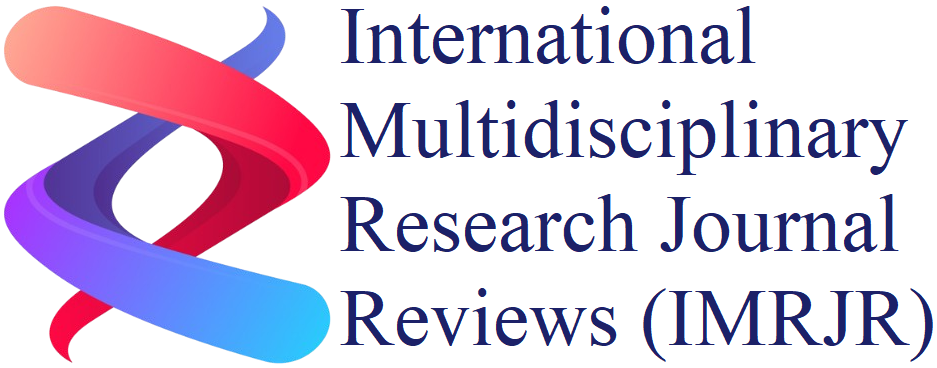Abstract: The healthcare field has started using artificial intelligence for diagnostics at a fast pace, which brings new possibilities to enhance diagnostic precision and streamline processes while benefiting medical results. AI systems demonstrate exceptional ability to structure electronic health record databases for quick access to vital patient information. The analysis of extensive datasets by artificial intelligence combined with its ability to detect patterns exceeding human cognition allows major developments in genomic discoveries and drug development. Through its disease-detection capabilities, AI enables health practitioners to deliver customized treatments and enhance patients' medical observation. Medical image patterns become easier to detect across multiple diagnosis stages through AI algorithm systems, which deliver better and swifter diagnosis accuracy. The incorporation of AI systems into medical choices helps speed up diagnoses and makes them more precise, thus improving patient results. AI implementation in healthcare generates several important ethical problems and practical issues that must be addressed. The application of AI in healthcare encounters problems, including the protection of patient information and algorithm discrimination and the requirement to make AI decision systems easily understandable. Healthcare systems that utilize artificial intelligence may expose patients to dangerous, unexpected results because of three critical issues, which include safety risks as well as data protection concerns alongside fair medical service distribution difficulties. The protection of patient personal information, together with healthcare data security, remains the highest priority throughout AI healthcare practices. AI systems need to follow the guidelines set by HIPAA to safeguard all patient-related sensitive data. The implementation of AI systems demands complete transparency and explainability features for both medical staff and patients to comprehend the decision-making methods.
Download:
![]() |
DOI:
10.17148/IMRJR.2025.020408
|
DOI:
10.17148/IMRJR.2025.020408
[1] Sumanth Somireddy, "AI-Driven Diagnostics: The Role of Machine Learning in Healthcare," International Multidisciplinary Research Journal Reviews (IMRJR), 2025, DOI 10.17148/IMRJR.2025.020408

